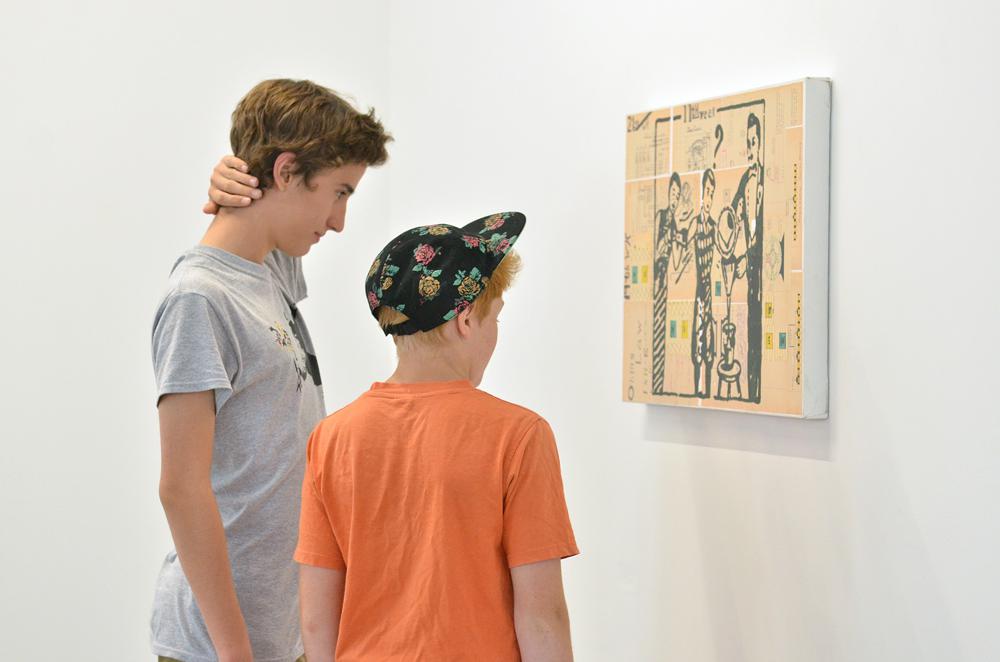New studies by Hill Strategies indicate that there are 136,600 artists in Canada who spent more time at their art than at any other occupation—making it a labour force larger than that engaged in automotive manufacturing, which is numbered at 133,000.
The studies note there are also more people involved in cultural occupations in Canada (671,100) than in some other sectors—this cultural workforce is two-and-a-half times larger than the labour force in real estate (254,200), and about double the labour force on farms (339,400).
Hill Strategies also notes a dramatic 56% increase in the number of artists in Canada between 1989 and 2013. This is higher than the 38% increase in the overall labour force. The number of cultural workers in Canada also beat the average, increasing by 47% between 1989 and 2013.
Among the the 10 provinces, British Columbia has the largest percentage of its labour force in arts occupations (1.08%). Ontario came in second, with a higher concentration of artists (0.87%) than the Canadian average—and with 58,100 artists, it has more than twice as many artists as any other province.
The 3,400 artists in Nova Scotia place it third among the 10 provinces in terms of the proportion of the labour force in arts occupations (0.72%). And Quebec has the second-largest number of artists (28,200), making it fourth among the provinces in terms of the concentration of artists (0.69%).
Yet in the three territories, 560 artists represent 0.98% of the labour force. This would rank second among the provinces behind only British Columbia.
However, Quebec and Ontario are the only provinces where artists’ average incomes from all sources ($34,000 and $34,900, respectively) are above the Canadian average ($32,800).
Between 1989 and 2013, the number of cultural workers increased the most in British Columbia (79%), Alberta (62%), and Quebec (59%).

 Participants in the 2014 Gallery Hop Toronto consider an artwork by BC-based artist Graham Gillmore at Division Gallery. According to a new study, BC has the largest concentration of its labour force in arts occupations in Canada. Photo: Nicola Betts.
Participants in the 2014 Gallery Hop Toronto consider an artwork by BC-based artist Graham Gillmore at Division Gallery. According to a new study, BC has the largest concentration of its labour force in arts occupations in Canada. Photo: Nicola Betts.







